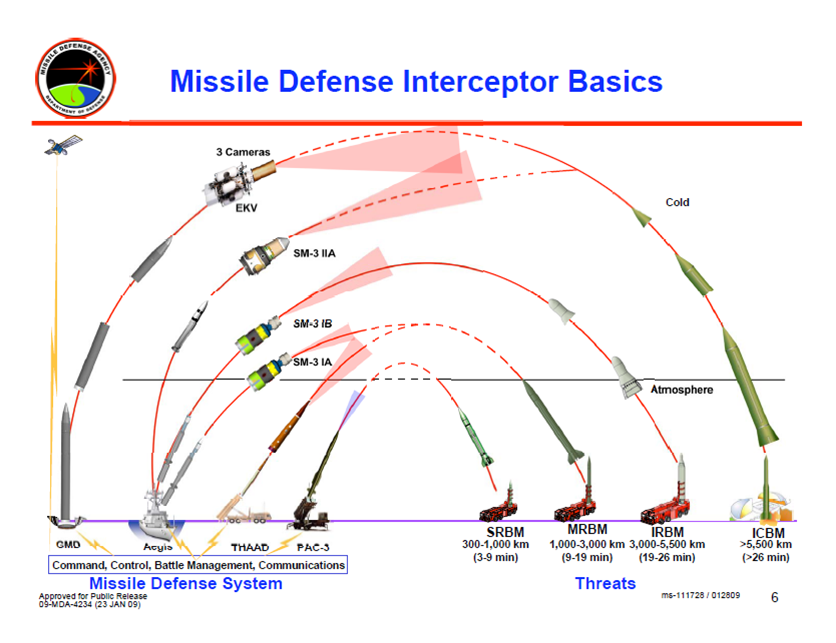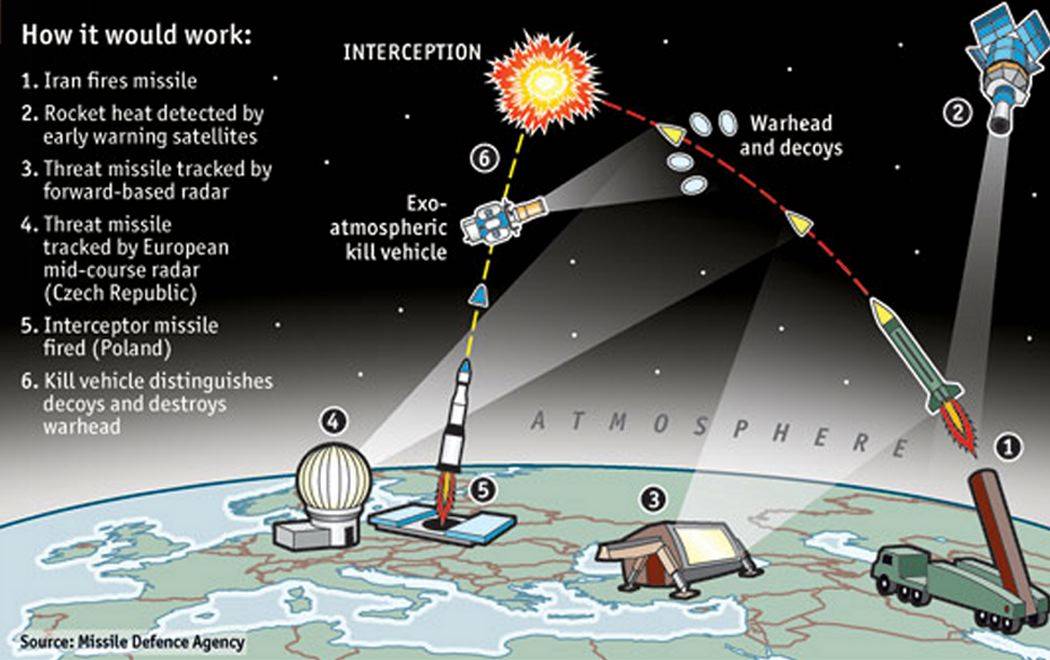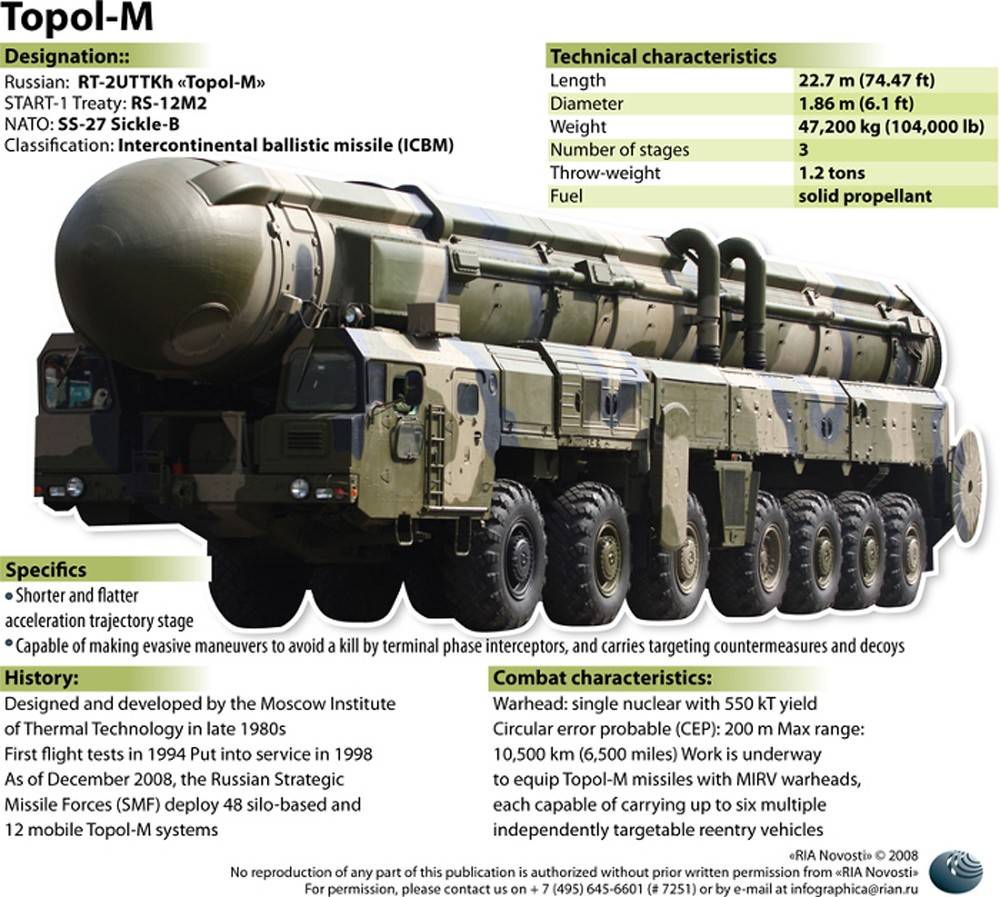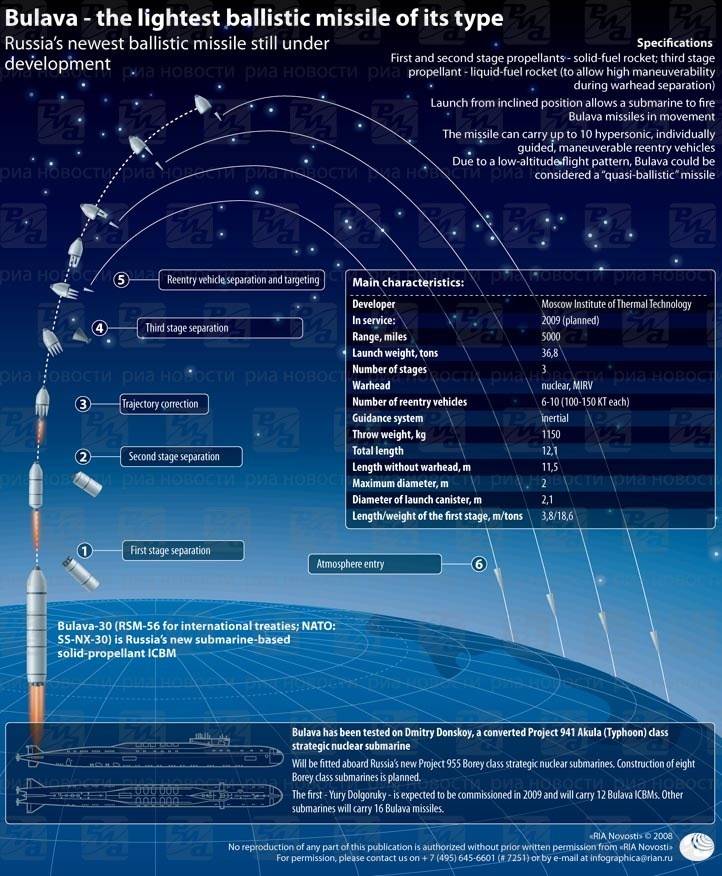Military education
by xdtxegvfbIntercontinental Ballistic Missiles
Intercontinental Ballistic Missiles

Missiles are self-guided munitions that travel through the air or outer space to their targets. A ballistic missile travels along a suborbital trajectory. An intercontinental ballistic missile can travel a substantial distance around the Earth to its target.
As opposed to bombs, torpedoes and rockets, missiles are both powered and guided. If unguided, it would be termed a rocket. A bomb is neither powered nor guided. A guided bomb is called a "smart" bomb. If powered and traveling underwater, it is termed a torpedo. [Spectacular Missile Launch Photos]
Missiles are classified according to their range:
Battlefield range (BRBM):less than 124 miles (200 kilometers)
Tactical (TAC): between 93 - 186 miles (150 - 300 km)
Short Range (SRBM): less than 621 miles (1,000 km)
Theatre (TBM): between 186 - 2,175 miles (300 - 3,500 km)
Medium Range (MRBM): between 621 - 2,175 miles (1,000 - 3,500 km)
Intermediate Range (IRBM) or Long Range (LRBM) : between 2,175 - 3,418 miles (3,500 - 5,500 km)
Intercontinental (ICBM): greater than 3,418 miles (5,500 km)
The U.S. Minuteman 3 ICBM is a three-stage booster. The payload is a single W62 nuclear warhead with a yield of 170 kilotons. The booster places the warhead on a suborbital trajectory. At its height, the vehicle is outside the Earth’s atmosphere.
The warhead’s re-entry vehicle falls through the atmosphere to its target. The detonation can be an air burst or ground burst.
A launch vehicle capable of orbiting a world-circling satellite can also be used to send a nuclear warhead to any point on the surface of the Earth.
Early Soviet and American manned orbital missions used modified ICBMs as launch vehicles.

Modern ICBMs typically carry multiple independently targetable reentry vehicles (MIRVs), each of which carries a separate nuclear warhead, allowing a single missile to hit multiple targets. MIRV was an outgrowth of the rapidly shrinking size and weight of modern warheads and the Strategic Arms Limitation Treaties which imposed limitations on the number of launch vehicles (SALT I and SALT II). It has also proved to be an "easy answer" to proposed deployments of ABM systems—it is far less expensive to add more warheads to an existing missile system than to build an ABM system capable of shooting down the additional warheads; hence, most ABM system proposals have been judged to be impractical. The first operational ABM systems were deployed in the U.S. during the 1970s. Safeguard ABM facility was located in North Dakota and was operational from 1975 to 1976. The USSR deployed its ABM-1 Galosh system around Moscow in the 1970s, which remains in service. Israel deployed a national ABM system based on the Arrow missile in 1998,[20] but it is mainly designed to intercept shorter-ranged theater ballistic missiles, not ICBMs. The Alaska-based United States national missile defense system attained initial operational capability in 2004.
ICBMs can be deployed from TELs such as the Russian RT-2PM2 Topol-M.
ICBMs can be deployed from multiple platforms:
in missile silos, which offer some protection from military attack (including, the designers hope, some protection from a nuclear first strike)
on submarines: submarine-launched ballistic missiles (SLBMs); most or all SLBMs have the long range of ICBMs (as opposed to IRBMs)
on heavy trucks; this applies to one version of the Topol which may be deployed from a self-propelled mobile launcher, capable of moving through roadless terrain, and launching a missile from any point along its route
mobile launchers on rails; this applies, for example, to РТ-23УТТХ "Молодец" (RT-23UTTH "Molodets"—SS-24 "Sсаlреl")



